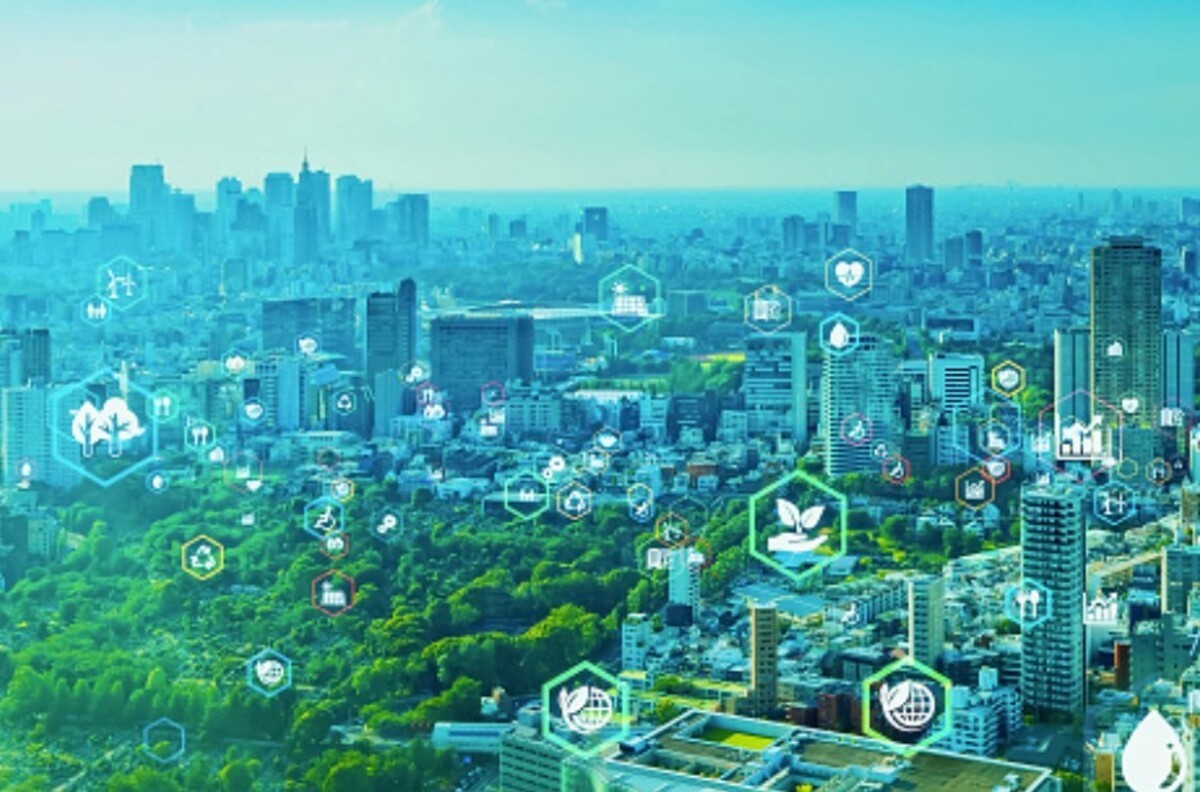Net-zero energy buildings: the future of sustainable commercial construction

Carbon emission is a significant factor in the worsening climate change condition. It's a greenhouse gas with the highest emission level in the atmosphere among its peers, adversely adding to the intense global warming effects. The main reason why many countries, including Canada and the US, are seriously moving forward with the net zero targets by 2050.
Regarding building materials, most property owners consider transitioning their establishments to net-zero buildings. In this blog post, you'll learn about zero-energy structures, the current action, and the vital economic transitions, especially regarding the commercial building industry.
What is a net-zero building?
A structure aiming for zero-energy building construction combines efficient and renewable energies intending to consume as less energy as possible. Net-zero buildings save about 50% to 70% of energy compared to typically-built establishments. The energy needed to keep the lights on, cool the air, heat water, and run personal devices offsets through renewable energy generated around your building's surroundings.
Keep in mind that this kind of energy source is weather-dependent. Hence, if the atmospheric conditions today aren't the best fit for energy generation, the commercial establishment gathers the necessary energy to operate from the electrical grid. Once the lousy situation bounces back, the building will recover the required renewable energy amount and send the excess back to the electrical grid until it makes up for the energy used during poor weather.
Experts recommend commercial building owners transition to net-zero energy building construction as they provide the following benefits:
-
Enhance comfort
-
Boost reliability
-
Make construction and operation affordable
-
Better for the environment
With the advent of technology and innovation of handy energy-efficient establishment utilities, such as ductwork access doors, it's now easier and more possible to achieve the net-zero target.
Current net-zero building actions
The Department of Energy and CBI are committed to achieving a net-zero carbon economy through their combined effort. These two agencies are the vital forces that formulate accelerators, guides, and other resources aiding nations, specifically the US, in making a net-zero structure come to life. By far, they have published the following:
-
"Guide to Energy Master Planning of High-Performance Districts and Communities"
The CBI created the Energy Master Planning of High-Performance Districts and Communities guide along with input from district planners, developers, owners and other notable stakeholders who participated in the 3-year Zero Energy District Accelerator program. It consists of high-performance strategies and district-scale highlights to help the districts and communities boost affordability, enhance resilience, curtail carbon emissions, and save energy.
-
"A Guide to Zero Energy and Zero Energy Ready K-12 Schools"
This program aims to reduce schools' energy consumption by demonstrating innovative technologies and processes. Their partnership with educational institutions further grows this initiative to ensure they can create a positive change in their environments. The Guide to Zero Energy and Zero Energy Ready K-12 Schools offers guidance on ensuring that schools reach their zero-energy goal, even after the building's completion and operation begins.
-
"Advanced Energy Design Guides"
Building owners and stakeholders might need to pay more attention to the net-zero energy building transition and consider it a luxury expense. To help reduce energy consumption, multiple organizations such as the CBI, ASHRAE, AIA, USGBC and IES have come together to create the Advanced Energy Design Guides. It's a collection of designing and construction guides to building a zero-energy structure that designers, contractors, and other structure-relevant professionals can refer to and establish green establishments.
Key economic transitions
A global management consulting firm shares a hypothetical economic scenario until the target 2050 date once many building owners transition to net-zero energy building. They based it on the NGFS Net Zero 2050 scenario utilizing the investment and development model and the agricultural production and its impacts on the environment model.
-
2020 - 2030: From 2020 to 2030, experts indicate six million new jobs created highly relevant to the net-zero building transition, including installation jobs involving electrical heat pumps and insulation
-
2030 - 2040: By 2030 to 2040, experts show as high as $1.9 trillion in five-year average capital spending. However, they also imply that this spending can negate over time due to reduced operating costs.
-
2040 - 2050: By 2040 to 2050, the critical economic transition study displays about 90% of heat pump unit sales as continuous innovation can cause low-carbon technologies to be less expensive.
Take the necessary step toward the net-zero target
Day by day, the effects of climate change are getting worse. Hence, every person, company, and nation should collectively think of creative ways to lessen the tragic consequences it'll cause to the world. One of the practical actions that property owners can practice is to transition their establishment into a net-zero energy structure, cutting down energy use and reducing carbon emissions— a huge greenhouse gas contributor—simultaneously.



